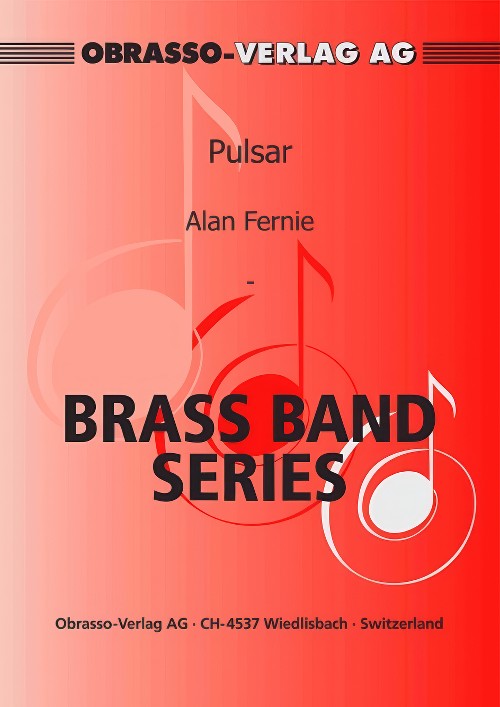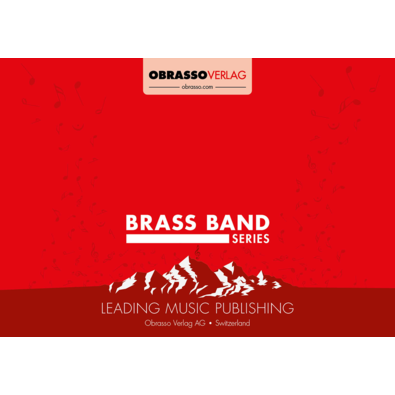Results
-
 £183.20
£183.20Pulsar - The Metamorphosis of a Star - John Brakstad
4th July in 1054 AD one of the most spectacular events was witnessed in the Cosmos. A massive star blew out; a supernova explosion.From the Earth it appeared as a new, bright star; the most brilliant in the sky. It was visible for three weeks, also in daylight, before it then faded away.But what was left of it is spectacular. Today we call it the "Crab Nebula".And in the very centre of the Nebula lies the remnant of the star; the core crushed by the force of gravity.This is a rotating neutron star, a pulsar, just 20 kilometres across, but so dense that it weighs more than our sun.As the neutron star spins, ejected particles stream out from its poles at almost the speed of light.These jets create powerful beams that sweep around as the star rotates.When the beams sweep across the Earth, they can be heard as regular pulses. We call them pulsars.In this piece there are three percussion parts. In addition there is an "optional part" to replace the marimba and vibraphone written in the three original percussion parts if desired. This fourth part is shown in the full score.
Estimated dispatch 5-14 working days
-
 £50.90
£50.90Pulsar (Brass Band - Score and Parts) - Fernie, Alan
A Pulsar is a highly magnetised, rotating neutron star or white dwarf that emits a beam of electromagnetic radiation. A great opener from the pen of Alan Fernie
Estimated dispatch 7-14 working days
-
 £50.90
£50.90Pulsar (Brass Band - Score and Parts)
A Pulsar is a highly magnetised, rotating neutron star or white dwarf that emits a beam of electromagnetic radiation. A great opener from the pen of Alan Fernie
Estimated dispatch 7-14 working days
-
 £76.00
£76.00Pulsar - Darrol Barry
Estimated dispatch 5-14 working days
-
£75.90
Pulsar - Alan Fernie
Estimated dispatch 5-14 working days
-
 £50.90
£50.90
